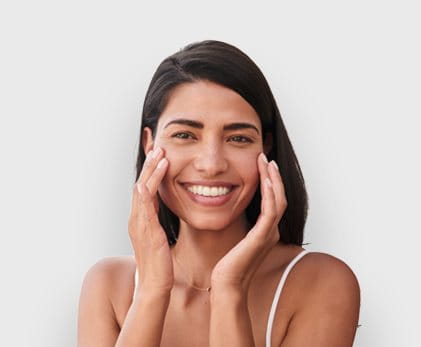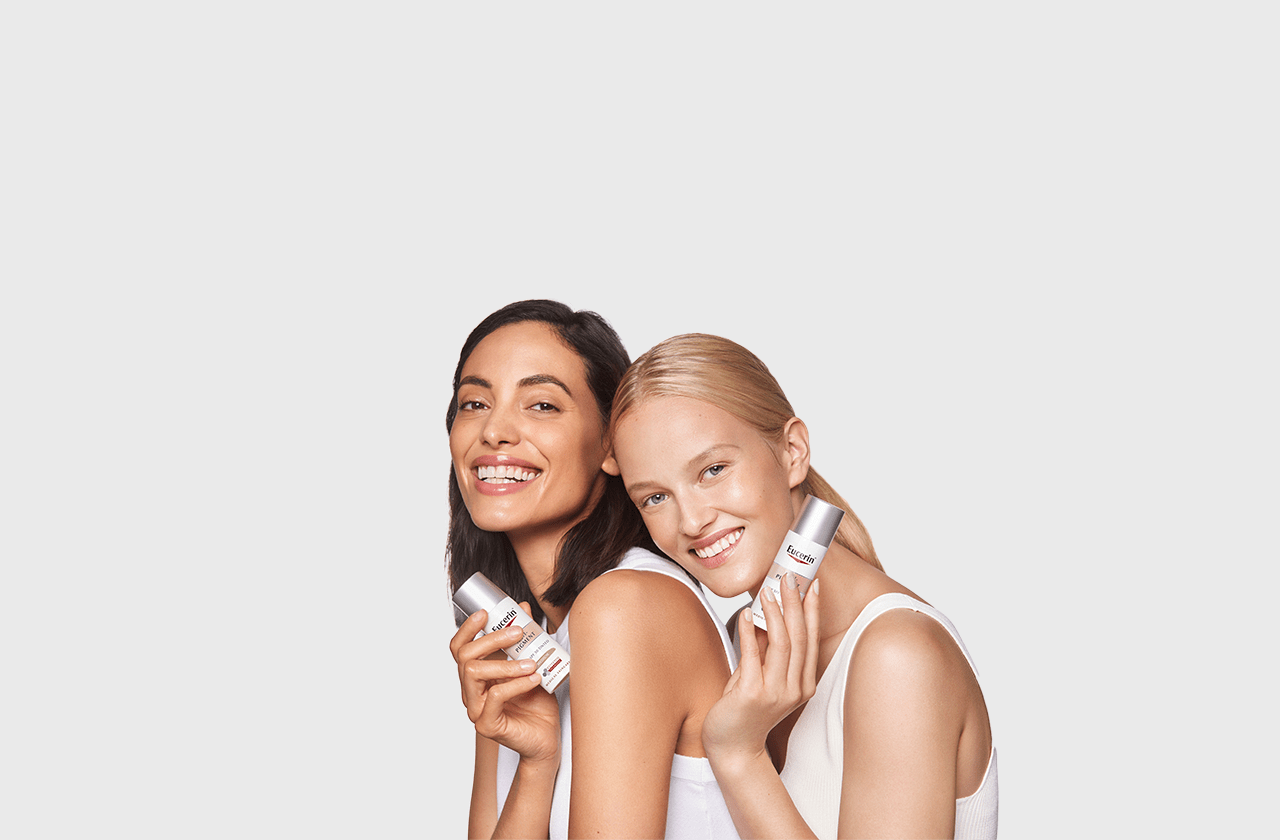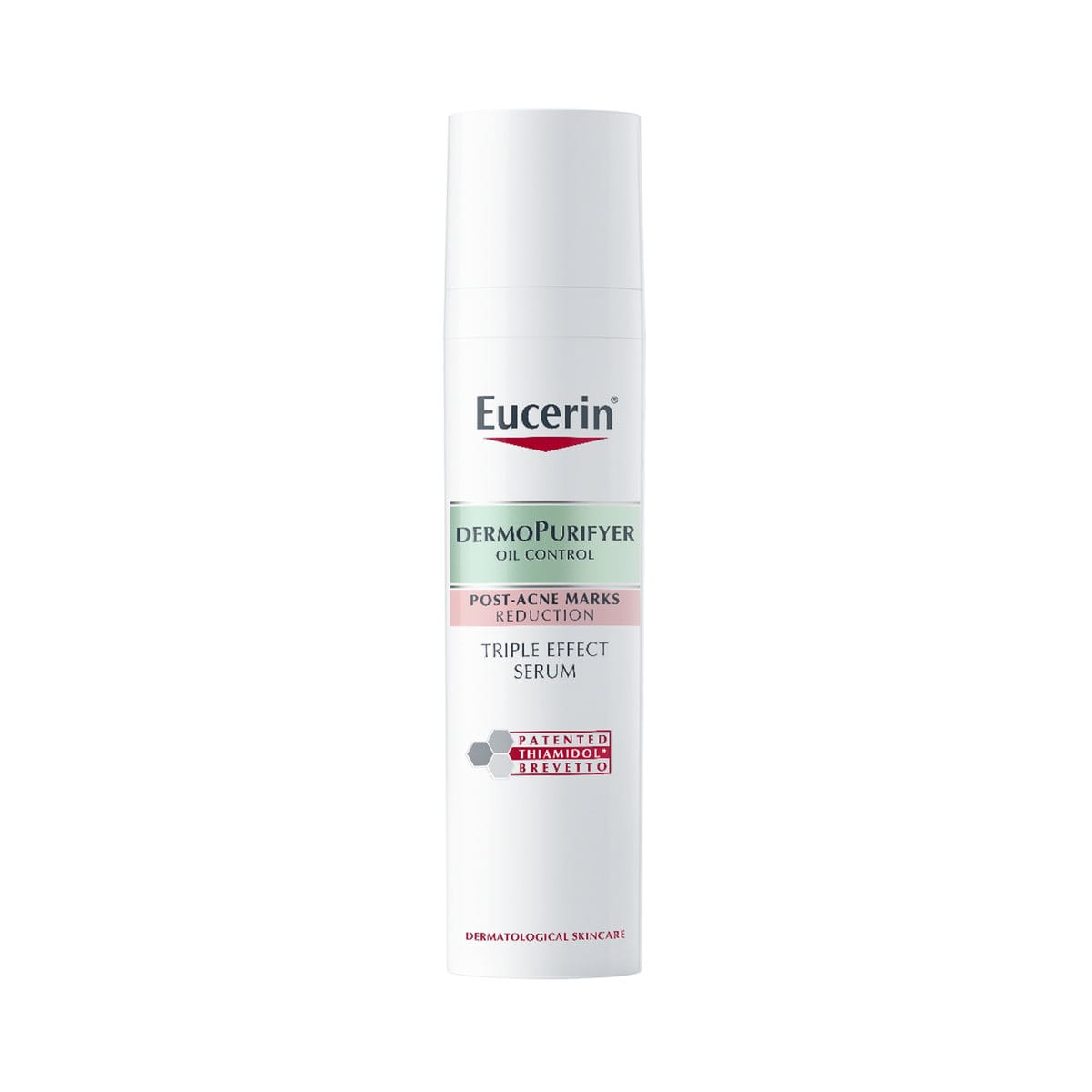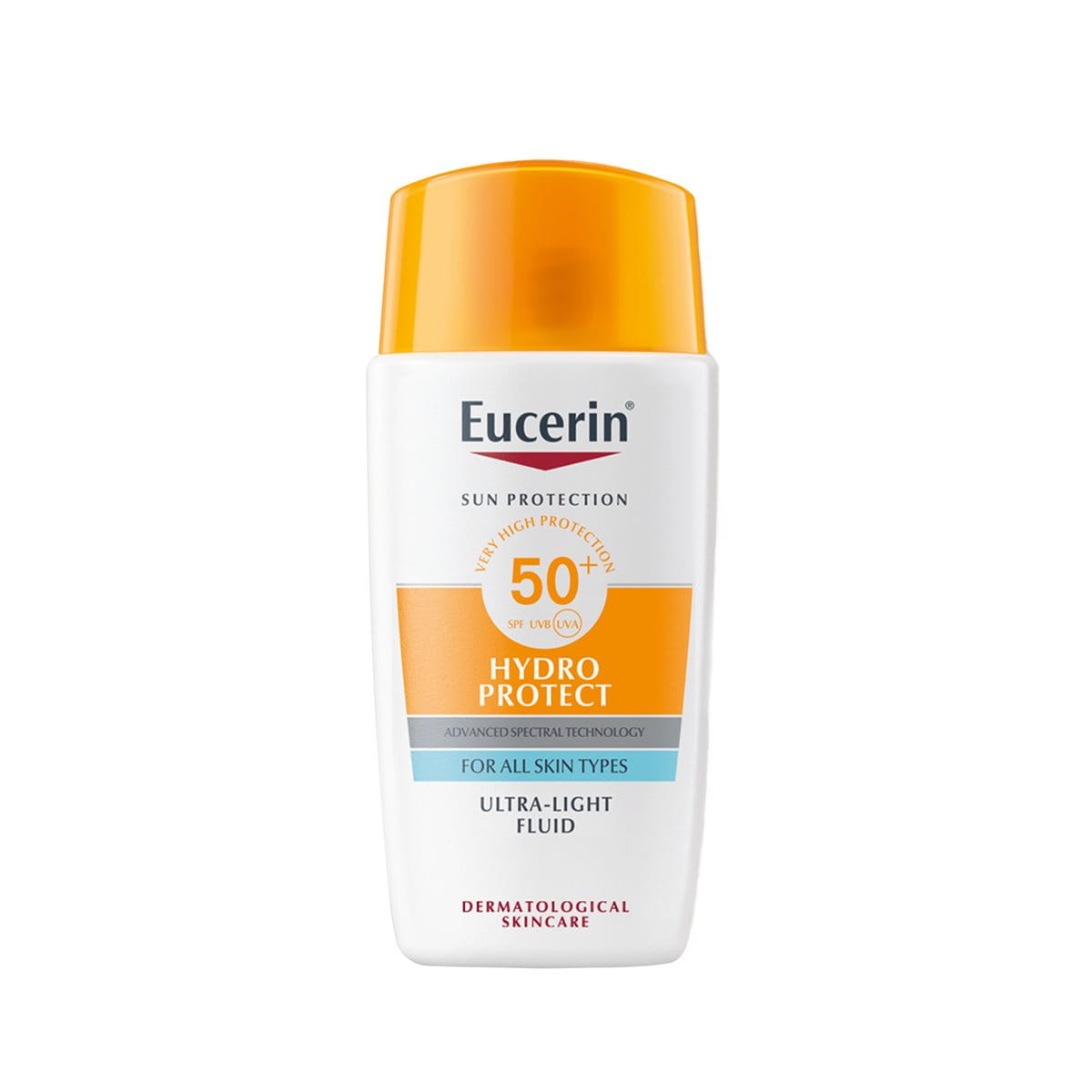The geographical location of a region, the level of UV exposure, and genetics determine the skin pigmentation of the locals. Melanin is the natural pigment responsible for it, influencing not only the color of the skin but also the shade of one's hair and eyes. While doing so, the protective pigment also shields an individual from the overbearing effects of the UV radiation, thereby minimizing DNA damage. However, in the process of fighting photodamage, melanin gets deposited onto the epidermis, leading to the abrupt appearance of darkened patches or spots. As a result, many individuals may find themselves burdened with questions on how to reduce melanin in skin.
Reversing the signs of hyperpigmentation and achieving a balanced, radiant complexion is a process that begins with first understanding one's skin type and the factors of how to control melanin. Follow along as we illustrate these elements in detail to help you achieve youthful and even-toned skin with informed strategies that prioritize skin health above all else.
Keynotes:
- Melanin is a protective pigment that is produced by melanocytes, with its type, amount and concentration influenced by genetics, age, UV exposure, etc.
- Melanin production can be triggered due to UV exposure, hormonal changes, skin disorders and inflammation.
- How to reduce melanin naturally? You can do so by consuming a diet rich in antioxidants, vitamins (like vitamin C and B12), and minerals such as copper and iron.
- Adopting a gentle skincare routine, regular use of sunscreen, and maintaining hydration levels while seeking melanin treatment are essential for managing the condition.




